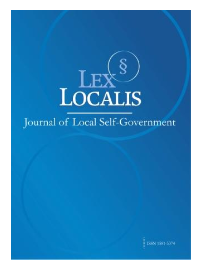IMPACT OF POVERTY ALLEVIATION SCHEMES IN INDIA: A REVIEW
DOI:
https://doi.org/10.52152/801925Keywords:
Poverty alleviation, Beneficiaries, Standard of living, Workforce participation, Financial literacyAbstract
Poverty has always been a concern to India due to its large population. Multiple programmes have been adopted by the Government of India to improve the wellbeing of people in rural areas. This paper discusses various schemes started by the government with regard to their effectiveness in poverty reduction. The study focuses on evaluating the identified poverty reduction schemes based on the parameters identified and comparing the effectiveness of different schemes. The analysis of schemes is based on key socio economic indicators namely targeted benefit actualization, workforce participation, gender inclusion, caste inclusion and financial independence. The paper shows that schemes which emphasize targeting the audience size and demographic are more effective. Further, skill-based schemes perform better than those which provide direct benefits. Schemes relying on direct provision of goods such as electricity need to be complemented by other schemes which have long-term objectives.
Downloads
Published
Issue
Section
License
Copyright (c) 2025 Lex localis - Journal of Local Self-Government

This work is licensed under a Creative Commons Attribution-NonCommercial-NoDerivatives 4.0 International License.








